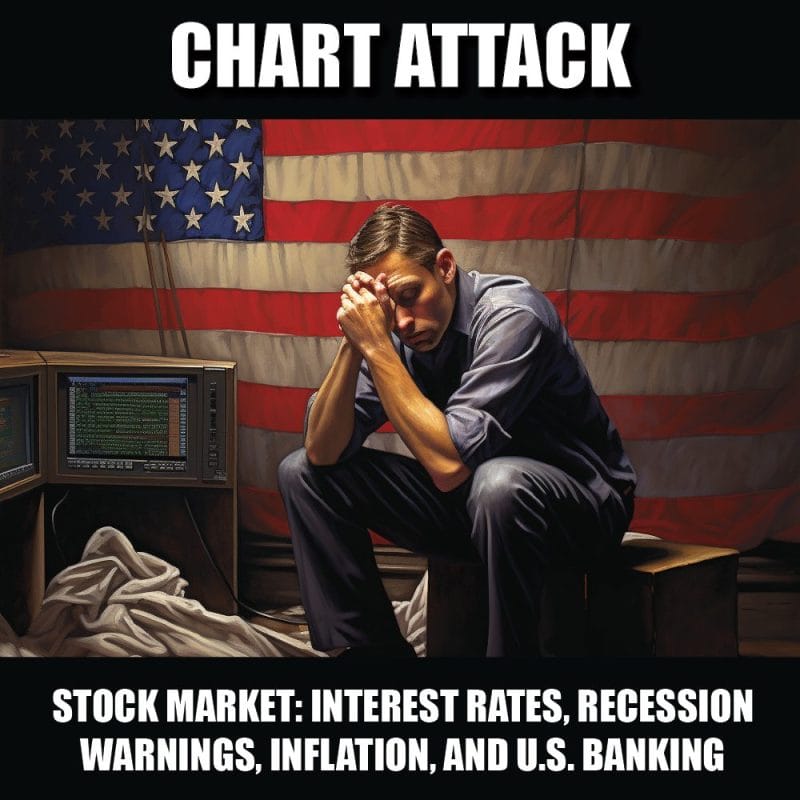As the summer progresses, many are left wondering about the current state and future direction of the stock market. In this in-depth analysis, we’ll discuss key aspects including interest rates, recession warnings, inflation, and recent developments in the U.S. banking sector.
1. Interest Rates and The Federal Reserve:
Interest rates and the role of the Federal Reserve have been the subject of much debate recently. With rising concerns about an economic slowdown, many believe that the Federal Reserve may be near the end of its rate hikes. However, there are contradicting viewpoints, with some arguing that rates are likely to remain higher for longer until inflation returns within the Fed’s target range.
2. Recession Warnings:
With the recent downgrading of the U.S. credit from AAA to AA+ by Fitch, and Moody’s cutting the ratings of about ten U.S. banks, there are growing concerns about a potential financial crisis. These decisions reflect factors like higher funding costs, interest rates, potential regulatory capital weaknesses, and rising risks tied to commercial real estate loans. Analysts and rating agencies are already talking about a mild recession in early 2024, with expected tightening of credit conditions and rising loan losses for U.S. banks.
3. Inflation and Its Implications:
Inflation has been a real problem over the last year, but recent inflation numbers have shown a mixed picture. U.S. wholesale prices rose 0.3% in July, higher than expected. Core CPI increased 0.2% for the month, indicating some sign that inflation may be losing its grip on the U.S. economy. However, with July’s inflation coming slightly higher at 3.2%, the path forward is still uncertain. The current data leads some analysts to believe that the Fed might still raise interest rates in September, but that might be the last hike for now.
4. Banking Sector:
Banks are making headlines once again. With Moody’s cutting the ratings of significant banks like Bank of New York Mellon and US Bancorp, there is concern over the future of the banking system. The main issue lies in higher interest rates leading to a recession and consequently affecting the U.S. banking sector due to credit conditions and rising loan losses. There is also a growing concern over a worsening in asset quality.
5. Structure:
Examining the ETFs like KBE and XLF, which represent banking and financial ones, no major breakdowns have been observed so far. When we look at S&P 500, Nasdaq, and Dow Jones, we can see a pattern of higher lows, higher highs, and a shift to ranging. The situation is complex, and the stock market could either continue its uptrend or enter a new downtrend, depending on several factors.
6. Conclusion:
The current stock market scenario is filled with contradictions and complexities. The confluence of factors like interest rates, recession warnings, inflation, and banking sector dynamics makes predicting the future incredibly challenging. Traders must keep an eye on these key areas, understand the underlying economic indicators, and prepare for different scenarios. While there may be more questions than answers right now, it’s essential to approach the market with a clear understanding of these dynamics and a willingness to adapt as new information becomes available.
Keep following for more insights, charts, and detailed analysis on the stock market and other financial topics.

